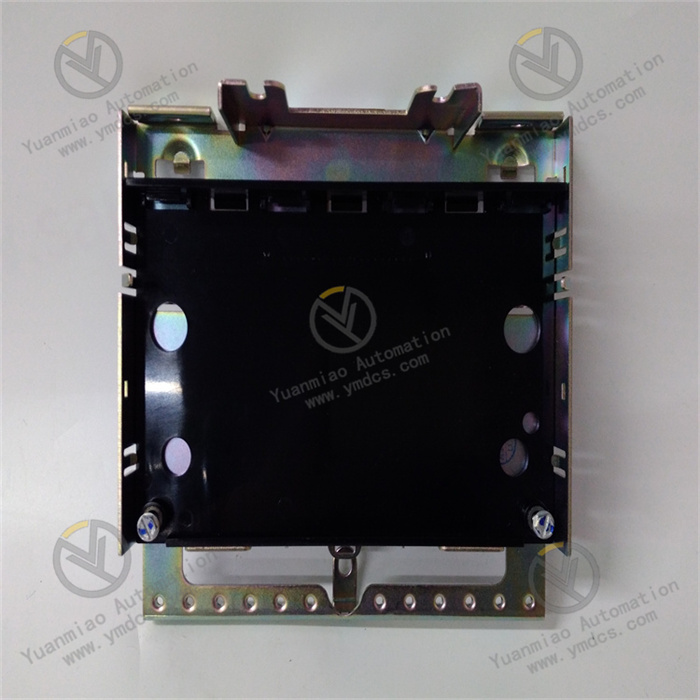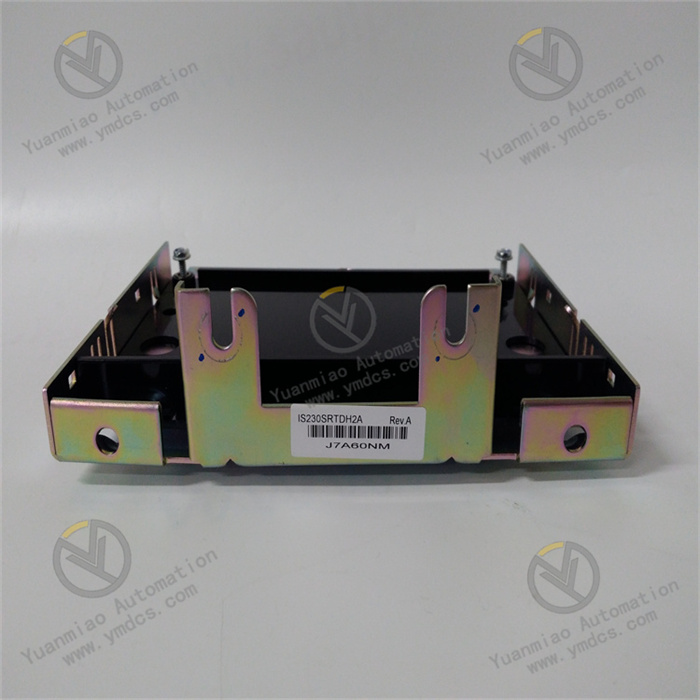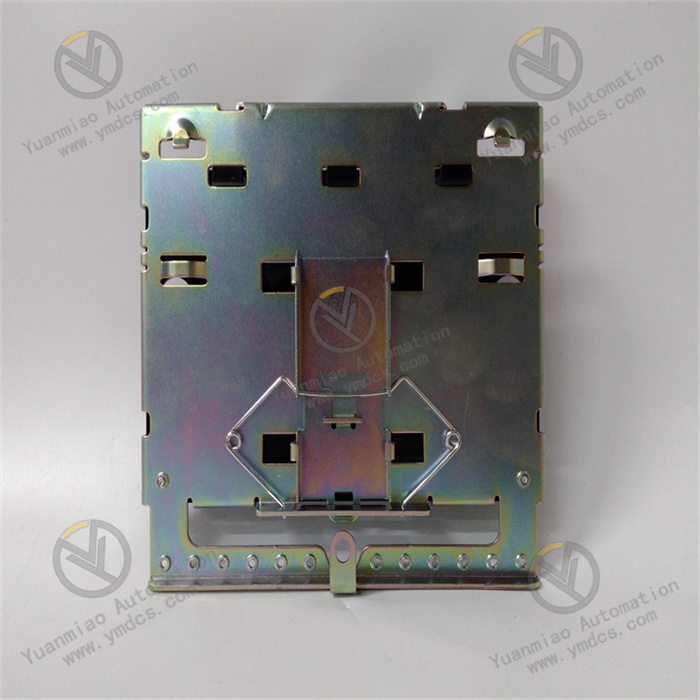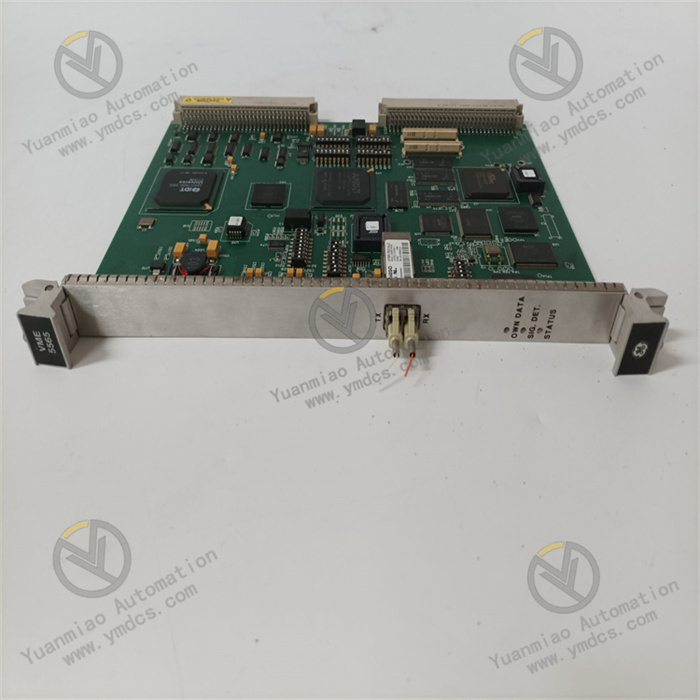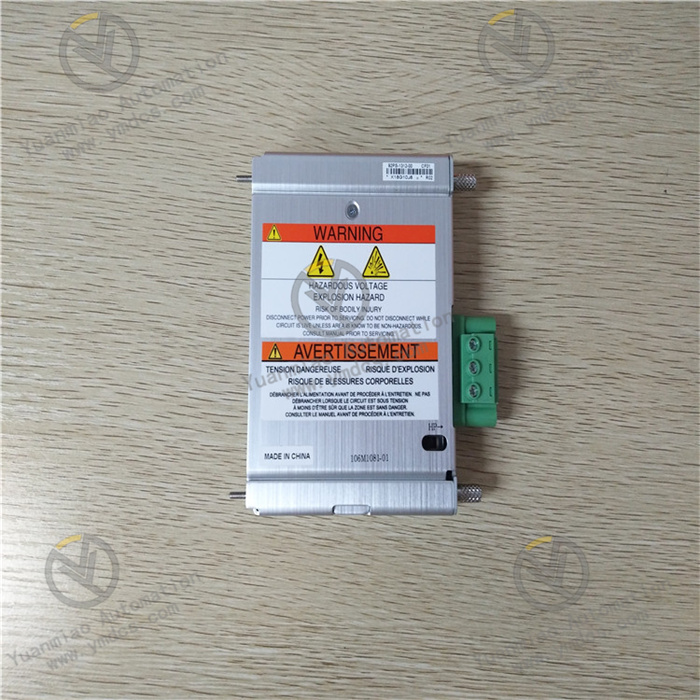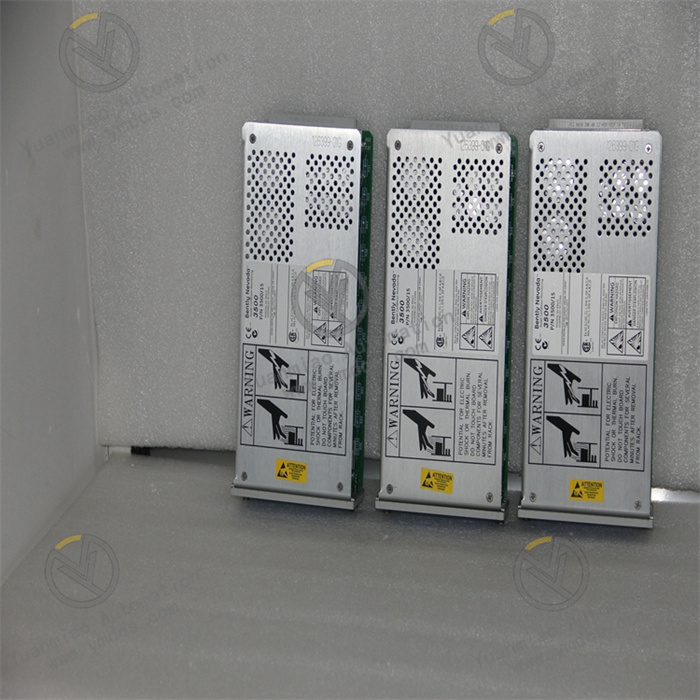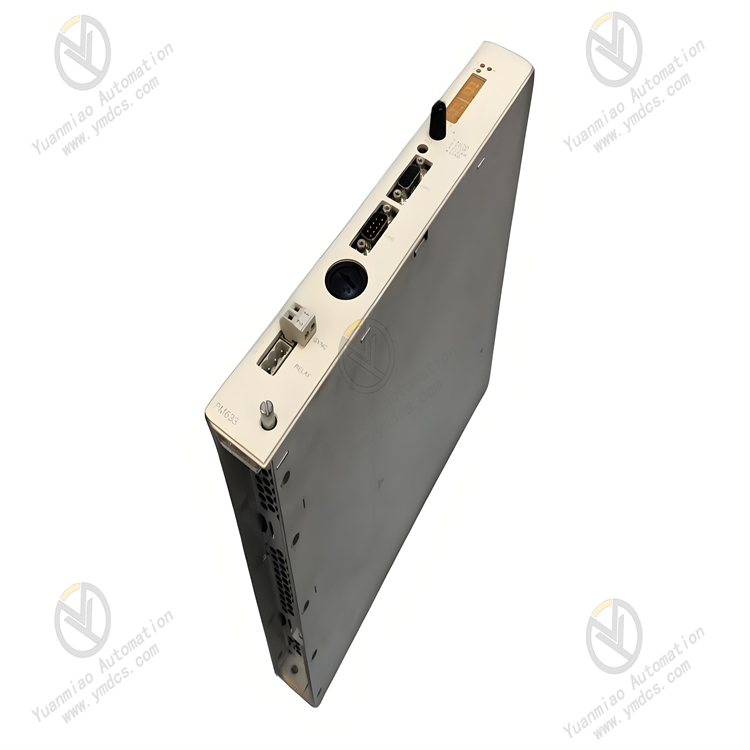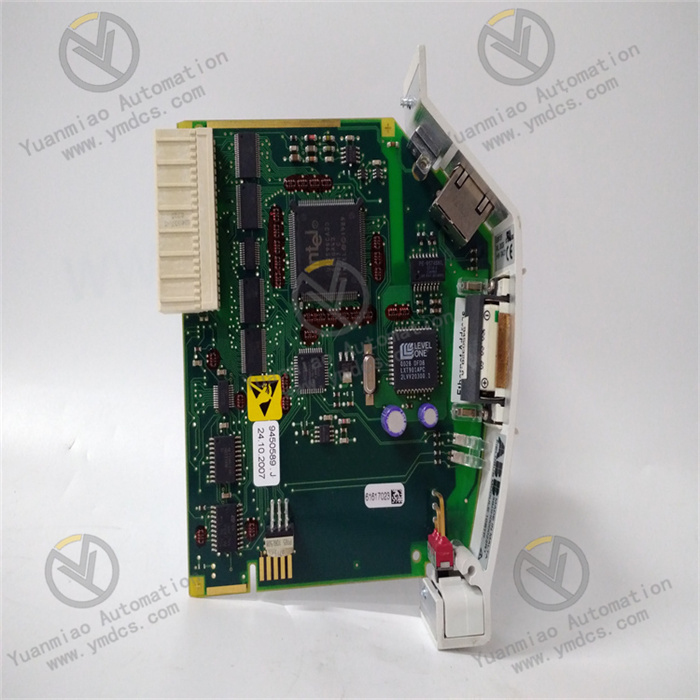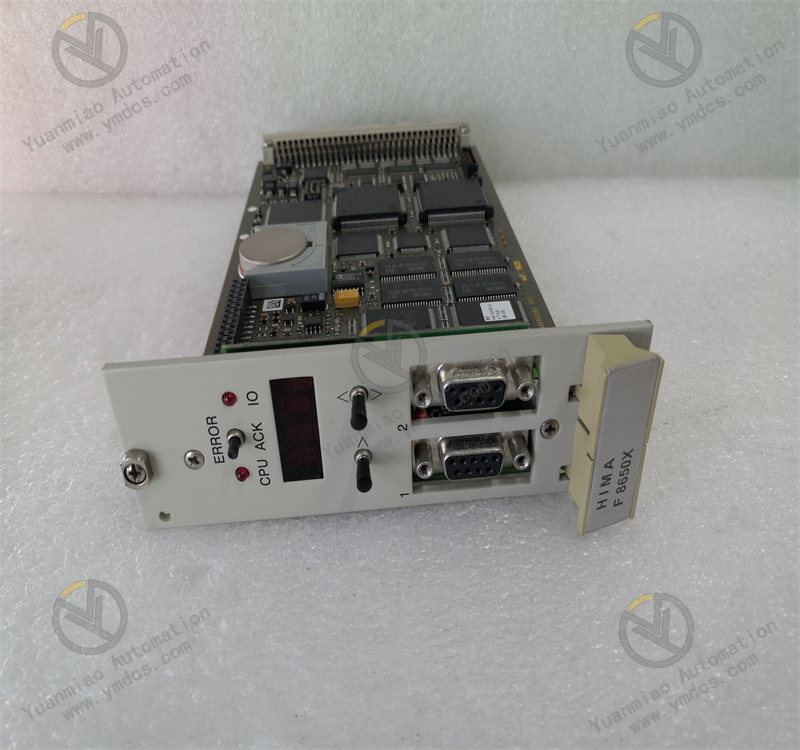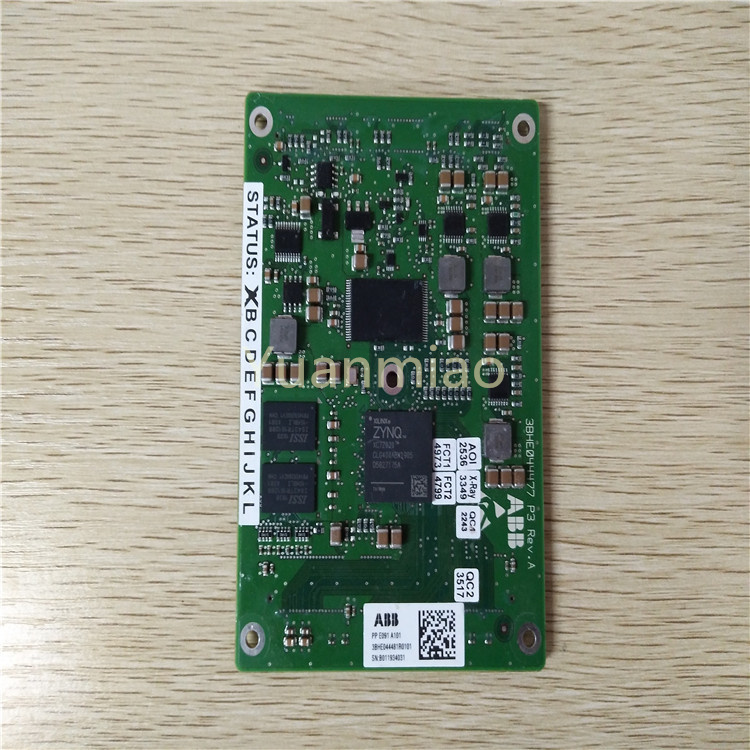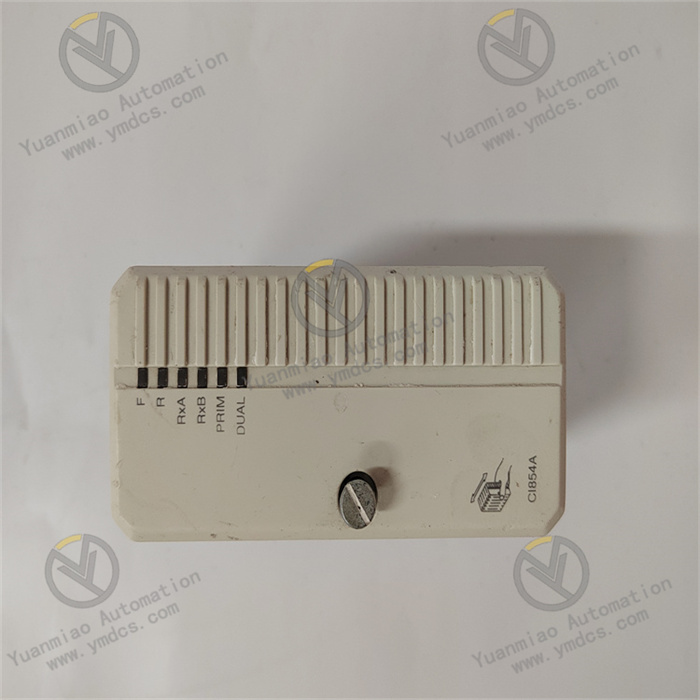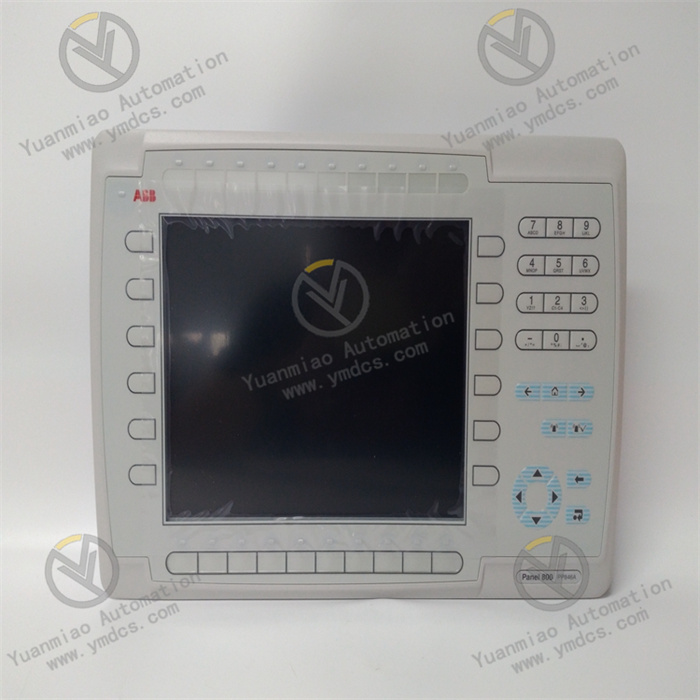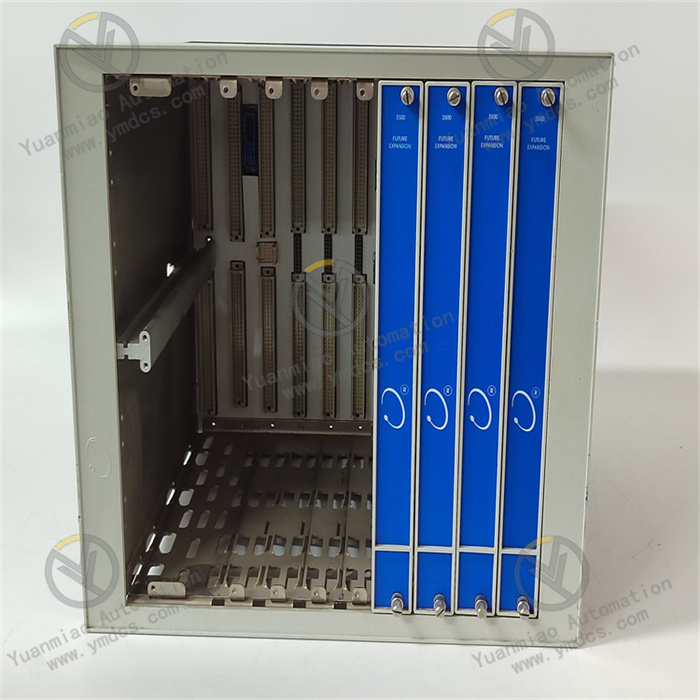Description
GE IS230SRTDH2A
The GE IS230SRTDH2A is a high-precision industrial-grade RTD (Resistance Temperature Detector) input module, which is part of the core I/O component system of GE's Mark VIe Distributed Control System (DCS) and Speedtronic turbine control system. Its core positioning is to serve as an "accurate converter" for temperature signal acquisition in industrial sites, focusing on the high-precision acquisition and linear conversion of resistance signals output by mainstream RTD sensors such as platinum resistors (Pt100, Pt1000) and copper resistors (Cu50, Cu100). Through its unique signal amplification, anti-interference, and temperature compensation technologies, it converts on-site temperature physical quantities into digital signals recognizable by the system, providing reliable front-end data support for temperature monitoring, over-temperature alarm, and closed-loop control of key industrial equipment such as turbine bearing temperature, generator stator temperature, and boiler heating surface temperature.
The application scenarios of this module extensively cover fields with strict requirements for temperature measurement accuracy, stability, and anti-interference, including:
- Power Energy: Monitoring of bearing temperatures in the high and intermediate pressure cylinders of turbines in thermal power units, acquisition of generator rotor winding temperatures, and monitoring of boiler economizer wall temperatures.
- Petrochemical Industry: Acquisition of jacket temperatures of reaction kettles, monitoring of tray temperatures in distillation towers, and acquisition of wall temperatures of oil pipelines.
- Metallurgy and Steel: Acquisition of temperatures in blast furnace hot stoves, monitoring of surface temperatures of rolling mill rolls, and monitoring of furnace mouth temperatures of steelmaking converters.
- Precision Manufacturing: Monitoring of temperature uniformity in heat treatment furnaces, acquisition of bearing temperatures of large motors, and monitoring of temperatures in constant temperature zones of semiconductor production equipment.
As a dedicated RTD input module for GE's high-end control systems, it can not only realize parallel and accurate acquisition of multi-channel temperature signals but also seamlessly collaborate with system controllers, supporting rapid configuration of functions such as temperature compensation and alarm threshold setting. It is a key hardware foundation for building high-reliability industrial temperature monitoring and control systems.
In terms of hardware architecture and system compatibility, the GE IS230SRTDH2A adopts a standardized modular design, which can be seamlessly integrated into the IC695 series I/O racks of the GE Mark VIe control system and Speedtronic turbine control cabinets, occupying only one standard I/O module slot. It achieves millisecond-level data interaction with the system controller through a high-speed backplane bus. The module is compatible with GE CIMPLICITY HMI and iFIX monitoring software, supporting the configuration of key parameters such as channel RTD type, measurement range, sampling cycle, filtering parameters, and alarm thresholds through a graphical interface, enabling rapid system integration without writing underlying code. Relying on its industrial-grade reinforced design, the module uses wide-temperature components, enhanced electromagnetic shielding, and anti-vibration structures, allowing stable operation in complex industrial site conditions with high temperature, high humidity, dust, strong electromagnetic interference, and high vibration, thus ensuring the continuity and accuracy of temperature acquisition.
The GE IS230SRTDH2A adopts a 16-channel high-density design, enabling parallel acquisition of 16 independent RTD signals within the space of one standard I/O slot. This significantly reduces the number of rack slots occupied, lowering system hardware costs and cabinet space requirements. The module is fully compatible with mainstream RTD types such as Pt100, Pt1000, Cu50, and Cu100. Switching and configuration between different RTD types can be completed via software, allowing adaptation to on-site temperature acquisition needs of different measurement ranges without replacing the module. For example, in a turbine temperature monitoring scenario, channels 1-8 can be configured as Pt100 (for measuring bearing temperatures, -200℃~850℃), and channels 9-16 as Cu50 (for measuring low-temperature pipeline temperatures, -50℃~150℃), realizing centralized acquisition and unified management of signals in different temperature ranges and improving the flexibility of on-site configuration.
The module supports three wiring modes: 2-wire, 3-wire, and 4-wire, which can be configured via software to adapt to different on-site wiring conditions. To address the impact of lead resistance on measurement accuracy in long-distance wiring scenarios, the module is equipped with an automatic lead resistance compensation function in 3-wire and 4-wire modes. It can measure the lead resistance value through an internal precision sampling circuit and automatically deduct the influence of this resistance during temperature calculation, ensuring measurement accuracy in long-distance wiring (supporting up to 100m). For instance, in the temperature monitoring of a blast furnace hot stove, the distance between the RTD sensor and the module reaches 80m. After adopting the 3-wire wiring mode, the module automatically compensates for the error caused by lead resistance, keeping the temperature measurement accuracy within ±0.2℃ and effectively solving the problem of accuracy loss in long-distance wiring.
The module adopts a dual anti-interference mechanism of "hardware low-pass filtering + software digital filtering", which can effectively suppress various electromagnetic interferences in industrial sites. At the hardware level, each input channel is equipped with an independent low-pass filter circuit, which can filter out 50Hz/60Hz power frequency interference and high-frequency electromagnetic interference (such as radiation interference generated by frequency converters). At the software level, it supports independent configuration of digital filtering parameters within the range of 10ms~1000ms, allowing precise adjustment of filtering intensity according to the variation characteristics of temperature signals. For example, 10ms fast filtering can be configured for rapidly changing heating furnace temperature signals, and 500ms strong filtering for stable pipeline wall temperature signals, ensuring both real-time capture of temperature changes and avoidance of measurement fluctuations caused by interference. The high-strength photoelectric isolation design of 2500Vrms between channels can effectively block common-mode interference and differential-mode interference between channels; even if a short circuit fault occurs in one channel, it will not affect the normal acquisition of other channels, further enhancing the anti-interference stability of the system.
The module has a fault diagnosis coverage rate of 99.8%, integrating dual diagnosis mechanisms at the channel level and module level, enabling precise fault location and rapid troubleshooting. Channel-level diagnosis can automatically identify faults such as RTD open circuit (e.g., loose sensor wiring, wire breakage), short circuit (e.g., signal wire short-circuited to ground), RTD damage (e.g., abnormal resistance value), and abnormal lead resistance (e.g., increased resistance due to wire aging). Module-level diagnosis can monitor hardware issues such as abnormal power supply voltage, backplane communication failure, and isolation circuit failure. When a fault occurs, the module immediately generates a standardized fault code (e.g., E001 for channel 1 open circuit, E002 for RTD damage, F001 for module power fault) and issues hierarchical alarms through local LED indicators (yellow light flashes for channel faults; red light stays on for module faults). Meanwhile, it uploads fault information (faulty channel, fault type, occurrence time) to the controller and upper-level monitoring system, clearly indicating the fault location and handling suggestions (e.g., "Abnormal lead resistance in channel 8, please check the wiring"), significantly shortening the operation and maintenance troubleshooting time.
The module supports 1:1 hot redundancy configuration. The main and standby modules achieve real-time data synchronization through a dedicated redundant communication link, with synchronized content including key information such as 16-channel acquisition data, configuration parameters, and fault status, and a synchronization delay of ≤1ms. During normal operation, the main module performs signal acquisition and data upload functions, while the standby module monitors the operating status of the main module in real time and synchronizes data. When the main module encounters abnormal conditions such as power failure, communication interruption, or batch channel faults, the standby module can automatically complete undisturbed switching within 20ms and take over all acquisition functions. During the switching process, no acquisition data is lost and no temperature display fluctuation occurs, ensuring uninterrupted temperature monitoring of key equipment such as turbines and boilers. The module has channel-level fault isolation capability; when a single channel fails, it is automatically marked as "faulty state" and shielded, without affecting the normal acquisition of the other 15 channels. Additionally, it supports remote disabling/enabling of faulty channels via software, improving the system's fault tolerance and operational stability.
The module is compatible with mainstream monitoring software such as GE CIMPLICITY HMI and iFIX, supporting full-parameter configuration through a graphical configuration interface, including channel RTD type, wiring mode, measurement range, sampling cycle, filtering parameters, and alarm thresholds. No underlying code writing is required, making the configuration process intuitive and efficient—even beginners can quickly get started. The integration and debugging cycle is shortened by more than 60% compared with traditional modules. The software has built-in rich industry application templates (such as turbine temperature monitoring template and reaction kettle temperature control template), which include preset channel configurations and alarm logics. After importing the template, integration can be completed by only fine-tuning parameters, further improving deployment efficiency. The module seamlessly connects with the GE Mark VIe controller through a standardized backplane bus, supporting the controller's online diagnosis, parameter modification, and firmware upgrade of the module. Maintenance operations can be completed without shutdown, reducing production interruption time. Meanwhile, it supports the Modbus TCP communication protocol, enabling flexible integration into third-party DCS systems and improving the compatibility of cross-brand system integration.
The GE IS230SRTDH2A realizes high-precision and high-reliability acquisition of RTD signals through the collaboration of hardware circuits and software logic, based on the core workflow of "signal access - signal conditioning - signal acquisition - data processing - data upload - fault diagnosis". The specific working mechanism is as follows:
On-site RTD sensors are connected to the 16 independent input terminals of the module through 2-wire/3-wire/4-wire wiring modes and first enter the signal conditioning unit. According to the software-configured wiring mode, the conditioning unit automatically switches the signal acquisition circuit: in 3-wire/4-wire mode, the module internally generates a constant excitation current (usually 1mA or 10mA) that flows through the RTD, while collecting the lead resistance through a dedicated detection circuit; in 2-wire mode, it directly collects the voltage signal across the RTD. The conditioning unit has a built-in instrumentation amplifier that performs high-precision amplification on the weak voltage signal output by the RTD. The amplification factor can be automatically adjusted according to the RTD type to ensure the signal amplitude is within the optimal input range of the subsequent acquisition circuit. The amplified signal first passes through the hardware low-pass filter circuit to filter out power frequency interference and high-frequency noise, and then is sent to the photoelectric isolation unit to achieve electrical isolation between the input channel and the module's internal core circuit, preventing external high-voltage and strong interference signals from invading and ensuring the safe and stable operation of the core circuit.
The signal after isolation and filtering is sent to a high-precision Analog-to-Digital Conversion (ADC) unit. The ADC unit performs synchronous sampling of the 16-channel signals according to the configured sampling cycle (minimum 10ms), converts the analog voltage signals into digital signals, and stores them in the temporary data register. Subsequently, the data processing unit performs multi-stage processing on the digital signals in the temporary register: first, it calls the corresponding 分度 table according to the configured RTD type to convert the resistance value into an initial temperature value; if in 3-wire/4-wire mode, it automatically deducts the temperature error corresponding to the lead resistance to achieve lead resistance compensation; then, it performs software digital filtering to eliminate glitches and interference noise in the signal, obtaining a stable temperature measurement value; finally, it conducts continuity verification on the temperature value. If the temperature change rate is detected to exceed the configured threshold (e.g., 10℃/s), the temperature is marked as "abnormal" and an alarm is triggered.
The processed temperature measurement values are uploaded to the GE Mark VIe controller through the high-speed backplane bus at a fixed cycle (synchronized with the sampling cycle), providing data support for the controller's logical operations, over-temperature alarms, and closed-loop control. In the redundancy configuration mode, the data processing unit of the main module synchronizes information such as 16-channel acquisition data, configuration parameters, and fault status to the redundant data register of the standby module in real time through a dedicated redundant communication link, with a synchronization frequency of 1000 times per second, ensuring complete data consistency between the main and standby modules. The redundancy monitoring unit of the standby module compares the data and operating status of the main and standby modules in real time; if abnormal data or communication interruption of the main module is detected, the redundancy switching logic is triggered immediately.
![]()



